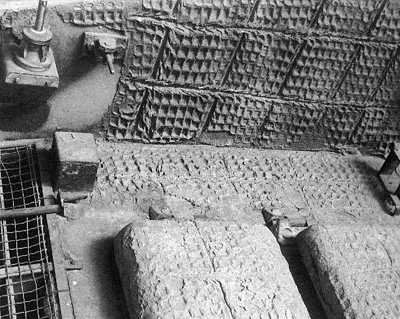Food for thought:
The Germans were afraid that Ivan or Tommy had access to something like this:

Image borrowed from:
By baku13 - photo taken by baku13, CC BY-SA 3.0,
https://commons.wikimedia.org/w/index.php?curid=853109 This charge was held in the correct position with magnets.
If it was placed on a horizontal surface it could theoretically fall on its side and become useless.
It could be argued that the German engineers and researchers though that horizontal surfaces needed to be protected as well. A lot of baggage on the engine deck would do the same job but I presume that the luggage was removed before going into battle. The ability of the enemy to reach and place the hollow charge should also be considered. The German charge (image above) should be put in position and then a pin/safety pulled out to activate it (pull pin and run).
Would this be possible to achieve on the engine deck of a Stug IV?
I don't know, if I was worried about the zimmerit I would hide the engine deck under a lot of luggage. Problem solved

A Stug (III or IV) at Fort Knox (maybe moved now) had remnants of zimmerit on the vertical rear wall of the fighting compartment but maybe the orders simply said "All vertical surfaces" or someone with orang-utang arms decided that the whole wall was reachable .....
/ Robin














































